Jan Van Calsteren. Collection
This collection contains: the booklet ‘Jakob tekent een stad’ [Jakob draws a city], a story for young readers about a Jewish boy in Prague and the Theresienstadt ghetto during the occupation, written by Jan Van Calsteren ; a photocopy of the English translation of the booklet ‘Jakob tekent een stad’, entitled ‘The Golden City’. Jan Van Calsteren was born in 1920. He studied to become a teacher at the municipal normal school. Just before the war, he met Maria Verstappen, his later wife, among the communist youth. During the occupation, Van Calsteren joined the organised resistance. In July 1940, for instance, he and Robert Wolstijn founded the Revolutionaire Volksjeugd [Revolutionary People’s Youth], a paramilitary group in Antwerp-North that later joined the Independent Front resistance movement. After repeated interrogations by the German services in the spring of 1941, Van Calsteren left the Volksjeugd. He joined the Patriottische Milities [Patriotic Militias] and performed various tasks: he distributed clandestine press, participated in painting and pasting actions, collected money for the families of arrested resistance fighters, and sabotaged equipment and installations of the occupying forces. On 12 August 1941, Jan Van Calsteren was arrested for the first time. For over a year - until 24 October 1942 - he was detained. After his release, he took part in armed actions, such as committing an attack on two officers of the Vlaamse Wacht [Flemish Guard] on 5 January 1943. On 9 January 1943, Van Calsteren was arrested again. He was carrying articles and copies of the clandestine magazine ‘België Vrij’. Van Calsteren was subsequently detained in the Fort of Breendonk, where he was tortured. His transfer to Camp Vught in the Netherlands followed on 7 February 1944. He was subsequently deported to the Dachau concentration camp in Germany on 24 May 1944. On 25 April 1945, Van Calsteren was liberated in Dachau by US troops. After his repatriation, he married Maria, who had survived Ravensbrück, and worked again as a teacher at the Municipal Institute for Decorative Arts and Crafts in Antwerp. He was also recognised as a political prisoner and an armed resistance fighter. After the war, Van Calsteren was an activist, (youth) author, teacher, radio presenter and radio composer for the Humanistisch Verbond [Humanist Alliance]. He also acted as chairman of the Antwerp section of the Independent Front, gave numerous lectures and continued to spread the anti-fascist message, including as a witness in Luckas Vander Taelen's documentary series De Laatste Getuigen. Jan Van Calsteren passed away in 1999. A stumbling stone was placed in his honour in Antwerp on 4 June 2023.
- EHRI
- Archief
- be-002157-kd_00734
- Ghettos
Bij bronnen vindt u soms teksten met termen die we tegenwoordig niet meer zouden gebruiken, omdat ze als kwetsend of uitsluitend worden ervaren.Lees meer




